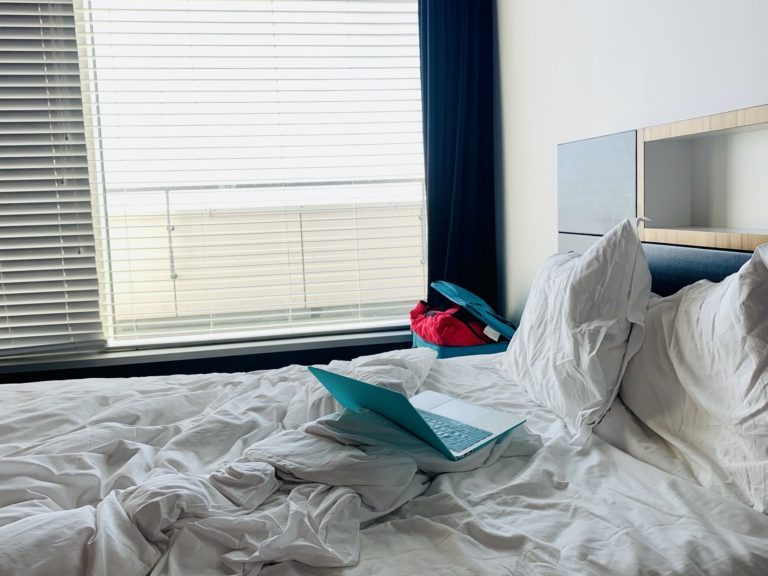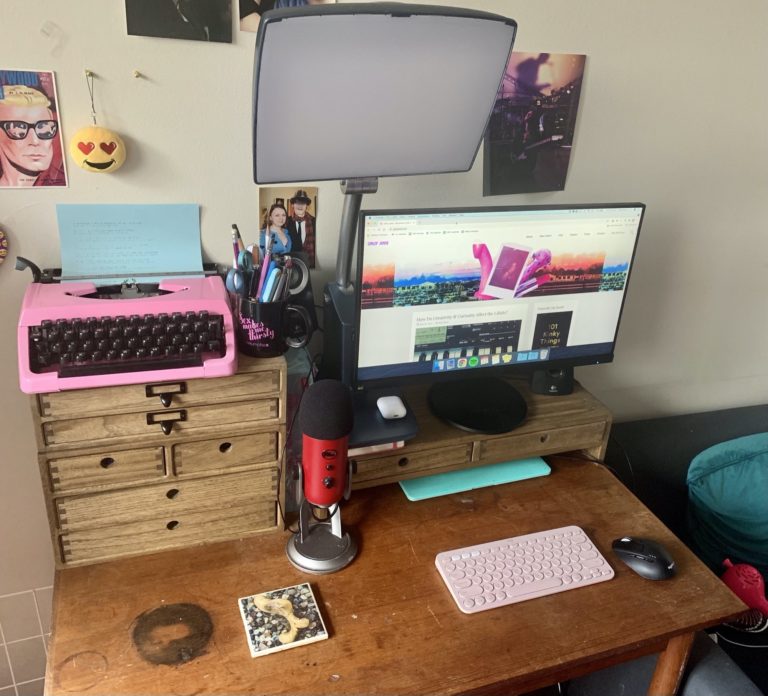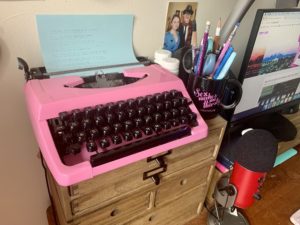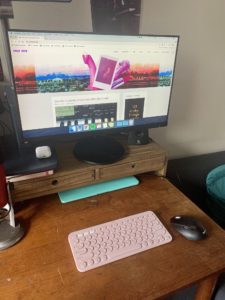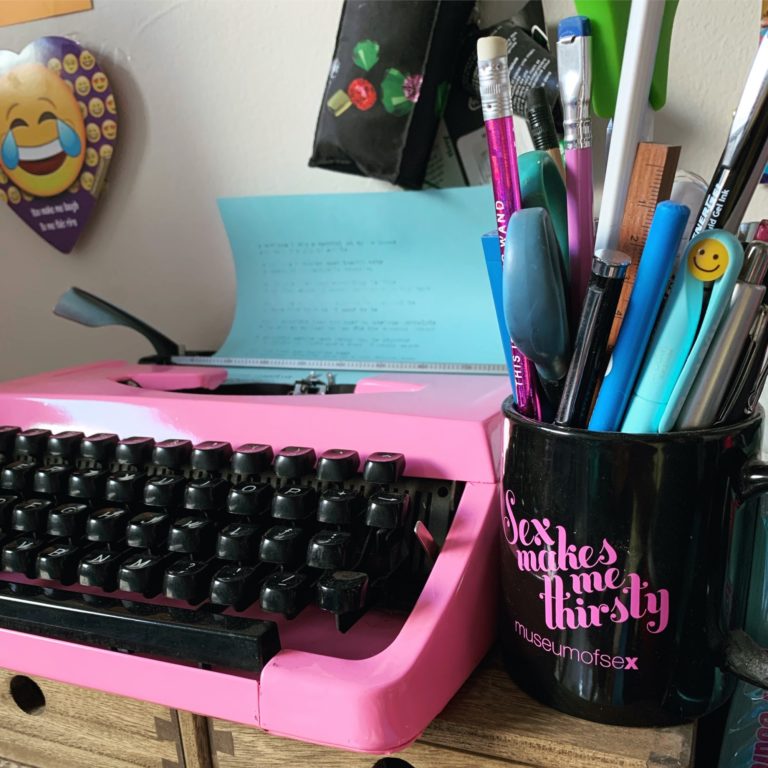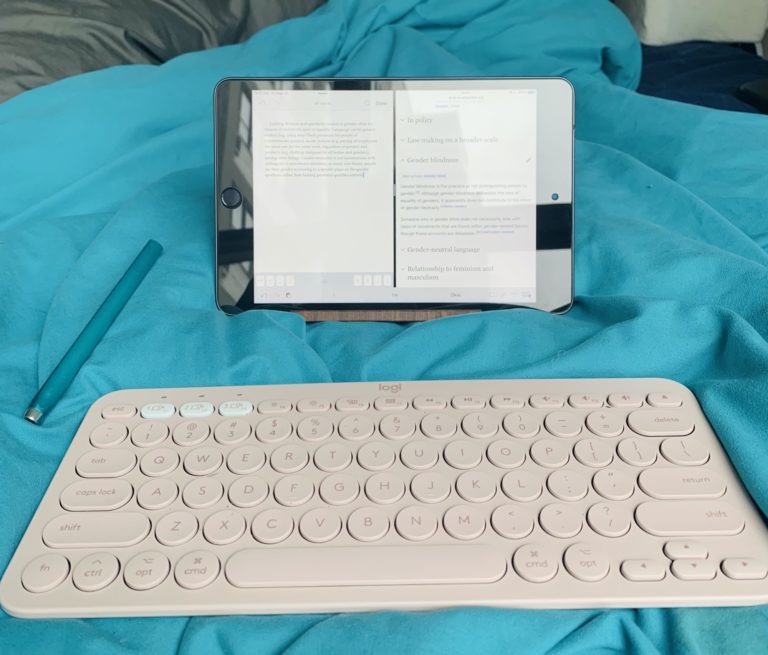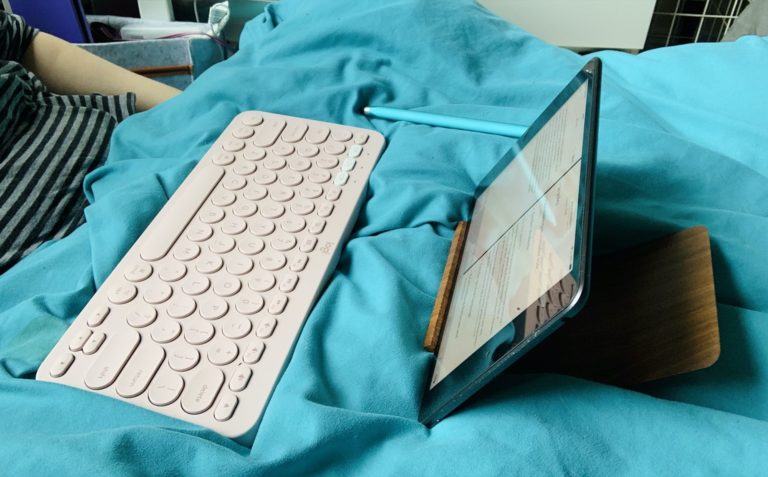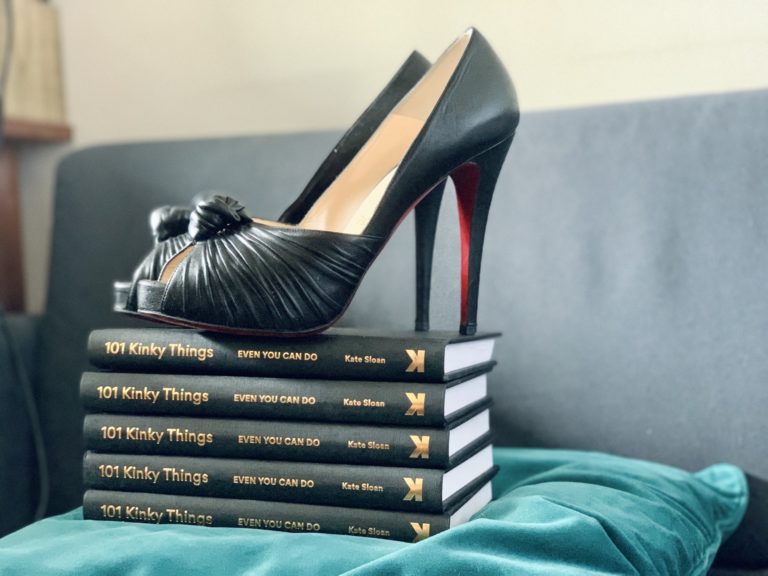
My first book, 101 Kinky Things Even You Can Do, is launching in less than a month, and I have been frantically googling ways to celebrate it.
I’m bad at celebrating my own successes. It is a chronic problem that both my spouse and my therapist have pointed out to me on many occasions, and have encouraged me to examine. It has to do with impostor syndrome, insecurity, shame, trauma, anxiety, blah blah blah. Basically I’m a dick to myself sometimes and should be nicer to myself, dammit, especially when I achieve remarkable things.
But in searching for resources on how authors celebrate their book launches, I’ve mainly found articles on how authors promote their book launches. Sure, celebrations of such things are partly about promotion and attention, and that stuff is necessary in order for a book (and its author) to succeed – but currently I’m more interested in the emotional and psychological side of things, and in celebrations that are less about garnering media attention and more about congratulating yourself for a job damn well done.
With that in mind, today I’m gonna do something I often do on this blog – I’m gonna write the article I wish existed. Here are 10 ways you could celebrate your book launch if you just wanna congratulate yourself and revel in your own awesomeness for being an author.
1. Have a party. Not so doable in pandemic times, naturally, but still potentially navigable depending on your comfort level and how you decide to do it. You could host an outdoor picnic with readings, or ask a bookstore you admire to let you throw your (masked-up, vaxxed-up) bash there, or do a livestream online. I’ve often found that hosting a party to celebrate an accomplishment helps me feel like that accomplishment actually happened, because real live humans show up and tell me how well I’ve done. Rad!
2. Match your outfit to the book cover. I am a colossal fan of themed outfits. They sometimes feel like an antidote to my depression and apathy: I may not be excited about getting dressed in general, but tell me to dress like a punk teen from the ’90s or a boarding-school English professor or a Mad Men extra, and my imagination is instantly engaged. When I realized I could celebrate my book’s launch by dressing to match it – i.e. in black and gold, ideally with some kinky elements thrown in – I immediately felt so much more excited about the whole thing. (If you want some inspiration, check out the lilac custom-embroidered jumpsuit Casey McQuiston wore to celebrate their book One Last Stop, or the pink suit Kaye Blegvad wore to the launch for The Pink Book. If you know of more examples, I’d love to hear about them in the comments!)
3. Do a reading. If you’re throwing a launch party, traditionally you’d do a reading at that event – but even if you decide to go sans party, you can still hop on Instagram Live, Zoom, or another streaming medium of your choice, and read some sections of your book aloud to an audience. Sometimes my words feel more real, and more meaningful, when I’m able to speak them aloud to attentive listeners.
4. Invent a cocktail to go with your book. (Alcoholic or non-!) My spouse mb is a huge cocktail person and has taught me so much about how a drink can be perfectly crafted to evoke a particular mood, aesthetic, or vibe. I haven’t yet asked them to devise a Kinky Things drink, but I’m sure they’d be thrilled at the prospect! If your book contains references to particular ingredients, time periods, or existing cocktails, maybe those could be a jumping-off point for your brainstorming.
5. Get a tattoo. The pen and pencil on my upper left arm were explicitly meant to be a “yay, I got my first book deal!” celebratory tattoo. I love tattoos as markers of achievements or “new chapters” in life, because they remain on your body, forever a reminder of how terrific you are.
6. Do a photoshoot. I loved Casey McQuiston’s book launch shoot at the Coney Island subway station, because that location features prominently in their book, and its color palette looked lovely with the book cover. One of these days I’m hoping to dress up kinky and hire a photographer friend to take some snaps of me with my own book, both for promotional purposes and just for fun celebratory purposes.
7. Thank the people who helped you get where you are. Not just your agent/editor/publisher/etc. – although, them too! – but also people like your high school English teacher, your college writing professor, the novelist who inspired you to get into the game, etc. Maybe even send them a copy if you’re feeling generous. They’ll be thrilled to hear that they helped shape you into the fancy published author that you are!
8. Seek out your book “in the wild,” like a self-indulgent treasure hunt. Go find the local bookstores that stock your book (if applicable), take gleeful selfies in front of it, and bask in how wonderful it is that your writing is in an actual bookstore!
9. Do a spiritual/magic ceremony. Whatever belief system(s) you do or don’t subscribe to, there may be a way for you to celebrate your book launch while tapping into your spirituality, “woo-woo”-ness, or interest in magic and the supernatural. I think it would be nice, for example, to hold my book to my chest while meditating on creativity and gratitude, or to spend some time clutching crystals and visualizing my book traveling out into the world and helping people.
10. Practice your signature and start signing copies. Whether you give them to your loved ones, set up a signing at a bookstore, or sell signed copies online, you’re gonna want a great signature and a go-to inscription. I spent some time practicing a new way of signing my name recently, and am ready to put it to the test on my actual book!
Fellow authors, how did/do you celebrate your book launch(es)?
